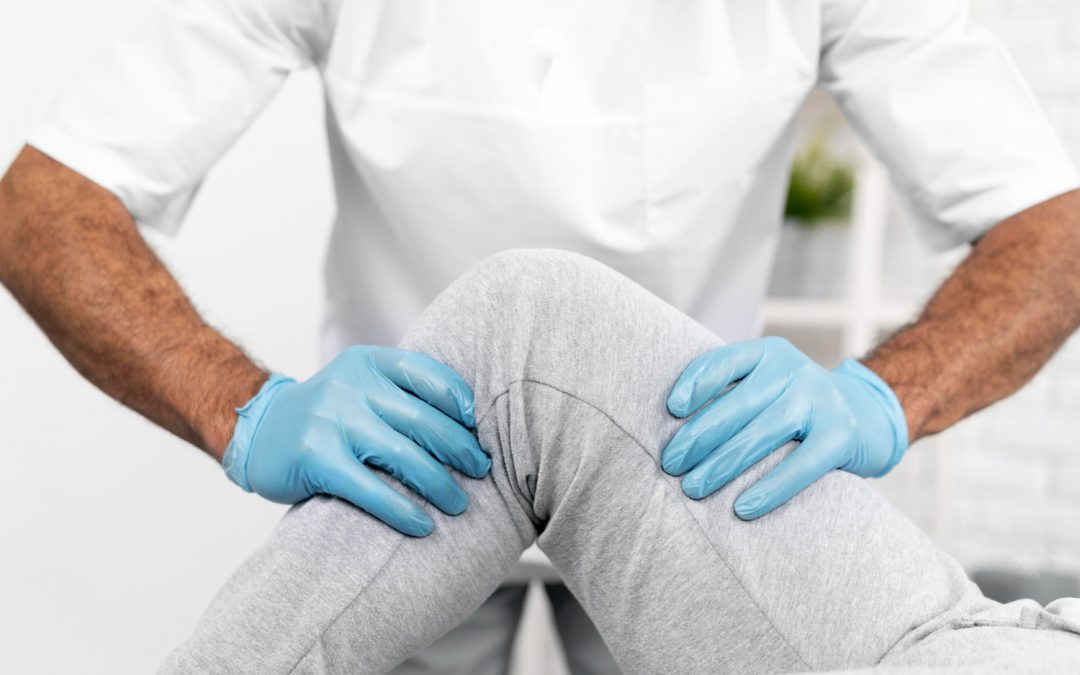Understanding Joint Pain
Joint pain can arise from various factors such as arthritis, injury, or overuse. It can affect any joint in the body, including the knees, hips, shoulders, and wrists. Joint pain often leads to stiffness, limited range of motion, and discomfort. To address these issues, a holistic approach that targets the underlying causes and focuses on comprehensive care is essential.
Chiropractic Care for Joint Pain Relief
Chiropractic care plays a vital role in easing joint pain. Through manual adjustments and manipulations, chiropractors can realign the spine and joints, reducing pressure and restoring proper joint function. These gentle adjustments promote optimal joint alignment, enhance nerve communication, and alleviate pain. Chiropractors also provide tailored exercise and stretching routines to improve joint flexibility and strengthen supporting muscles. Regular chiropractic sessions can help reduce inflammation, improve joint mobility, and contribute to long-term joint health.
Physical Therapy for Joint Rehabilitation
Physical therapy is another key component of a holistic approach to joint pain. A skilled physical therapist designs personalized treatment plans that include targeted exercises, stretches, and modalities to improve joint mobility, reduce pain, and enhance overall function. Physical therapy aims to restore strength, flexibility, and stability to the affected joints while addressing any muscular imbalances or weaknesses. Therapists may also incorporate techniques such as manual therapy, heat or cold therapy, and electrical stimulation to optimize results. Working closely with a physical therapist allows individuals to regain joint function and engage in daily activities with less pain and greater confidence.
Medical Interventions for Advanced Joint Conditions
In some cases, joint pain may require medical interventions to manage advanced conditions or provide additional support. Medical professionals, such as orthopedic specialists or pain management doctors, offer a range of options. These may include prescription medications for pain relief, joint injections (such as corticosteroids or hyaluronic acid) to reduce inflammation and improve lubrication, or surgical procedures for severe joint damage. Collaborating with medical experts ensures a comprehensive approach to joint pain, especially when conservative treatments have limited effectiveness.
Conclusion
Easing joint pain requires a holistic approach that addresses the root causes and encompasses chiropractic care, physical therapy, and medical interventions when necessary. By combining these three pillars of treatment, individuals can experience relief, improved joint function, and enhanced overall well-being. At Airport Plaza Spine and Wellness, our dedicated team is committed to providing exceptional care and helping patients regain their quality of life. Call us today at 732-END PAIN to schedule a consultation to create a personalized plan tailored to your specific joint pain needs. Embrace the power of a holistic approach and take the first steps toward a pain-free and active life.
